OpenGL 3.3 Graphics Programming Helper - OpenGL 3.3 Learning Aid
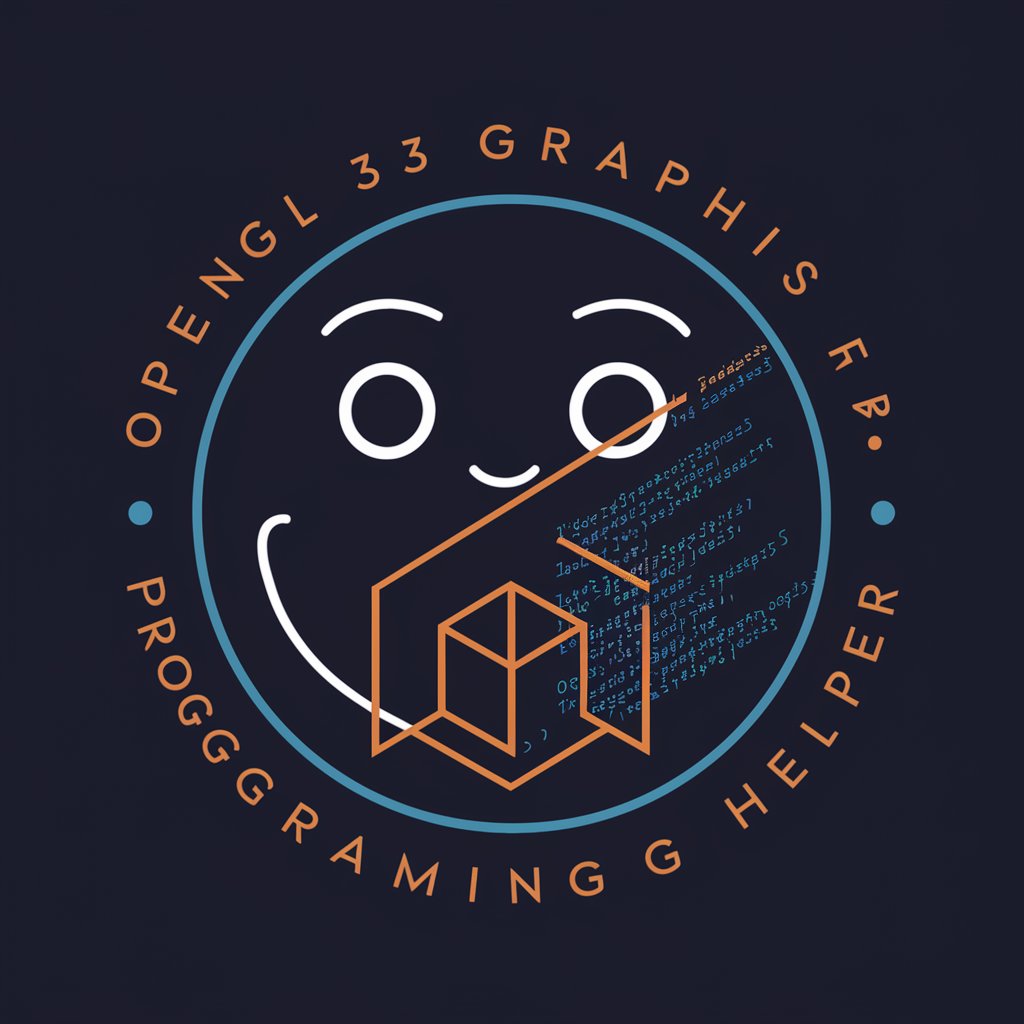
Welcome! Ready to dive into OpenGL 3.3?
Empowering graphics programming with AI
Explain the basic steps for setting up an OpenGL 3.3 project.
How do I render a textured cube using OpenGL 3.3?
What are the best practices for optimizing OpenGL 3.3 performance?
Can you explain how shaders work in OpenGL 3.3?
Get Embed Code
Overview of OpenGL 3.3 Graphics Programming Helper
The OpenGL 3.3 Graphics Programming Helper is a specialized assistant designed to guide users through the complexities of OpenGL 3.3, a version of the Open Graphics Library for rendering 2D and 3D vector graphics. This tool is tailored to provide comprehensive support, ranging from basic introductory lessons to advanced programming techniques. Its primary goal is to make OpenGL 3.3 accessible to beginners while also serving as a reliable resource for experienced developers seeking to refine their skills or solve specific problems. Through step-by-step explanations, practical coding tips, and demonstration code, it aims to enhance understanding and application of OpenGL 3.3 in various projects. For example, it can help a beginner set up their first OpenGL context and render a simple triangle on the screen, or assist an advanced user in implementing complex shading techniques. Powered by ChatGPT-4o。

Core Functions of OpenGL 3.3 Graphics Programming Helper
Basic OpenGL Setup
Example
Guidance on creating a window, initializing OpenGL context, and configuring basic rendering settings.
Scenario
A user new to graphics programming wants to start by creating a simple application to render a 2D shape. The helper provides detailed instructions on setting up GLFW or SDL, initializing an OpenGL context, and writing the necessary code to render a square.
3D Rendering Techniques
Example
Explaining and demonstrating the process of loading 3D models, setting up cameras, lighting, and shaders.
Scenario
An intermediate developer is interested in adding 3D models to their game. The helper offers comprehensive advice on importing model data, applying textures, setting up a basic lighting model, and writing vertex and fragment shaders to achieve realistic rendering.
Performance Optimization
Example
Tips on improving rendering performance through techniques like batching, frustum culling, and proper resource management.
Scenario
A developer working on a large-scale open-world game seeks ways to optimize the rendering pipeline to handle many objects efficiently. The helper suggests methods to reduce draw calls, implement view frustum culling, and manage graphics resources effectively to boost performance.
Advanced Shading Techniques
Example
Instruction on implementing advanced shading techniques such as normal mapping, shadow mapping, and screen space ambient occlusion (SSAO).
Scenario
An experienced graphics programmer aims to enhance the visual quality of their application with advanced lighting effects. The helper provides code samples and detailed explanations on creating and applying complex shaders to simulate detailed surface textures, realistic shadows, and subtle lighting effects.
Target User Groups for OpenGL 3.3 Graphics Programming Helper
Beginner Graphics Programmers
Individuals new to graphics programming or OpenGL who seek a solid foundation. They benefit from basic setup instructions, simple rendering techniques, and an introduction to graphics programming concepts.
Intermediate to Advanced Developers
Developers with some OpenGL experience looking to expand their knowledge into more complex rendering techniques, performance optimization, and advanced shader programming. They find value in detailed explanations of advanced concepts and practical advice on implementing them.
Educators and Students
Teachers and students in computer graphics courses can use the helper as a supplementary resource for learning and teaching. It offers a structured approach to understanding OpenGL 3.3, with examples and scenarios that are useful for academic projects.

How to Use OpenGL 3.3 Graphics Programming Helper
1
Visit a designated platform offering access to the OpenGL 3.3 Graphics Programming Helper, such as yeschat.ai, to start a free trial without needing to log in or subscribe to premium services.
2
Ensure you have a basic understanding of programming concepts and familiarity with C or C++ as these are the primary languages used in OpenGL development.
3
Identify your learning or project goals, whether it's understanding basic rendering techniques, shader programming, or creating complex 3D graphics applications.
4
Engage with the helper by asking specific questions or requesting code examples. Use clear and precise language to improve the accuracy of the assistance provided.
5
Practice regularly by applying the advice and code examples given. Experimentation and iteration are key to mastering OpenGL 3.3 graphics programming.
Try other advanced and practical GPTs
有声书
Bringing Books to Life with AI
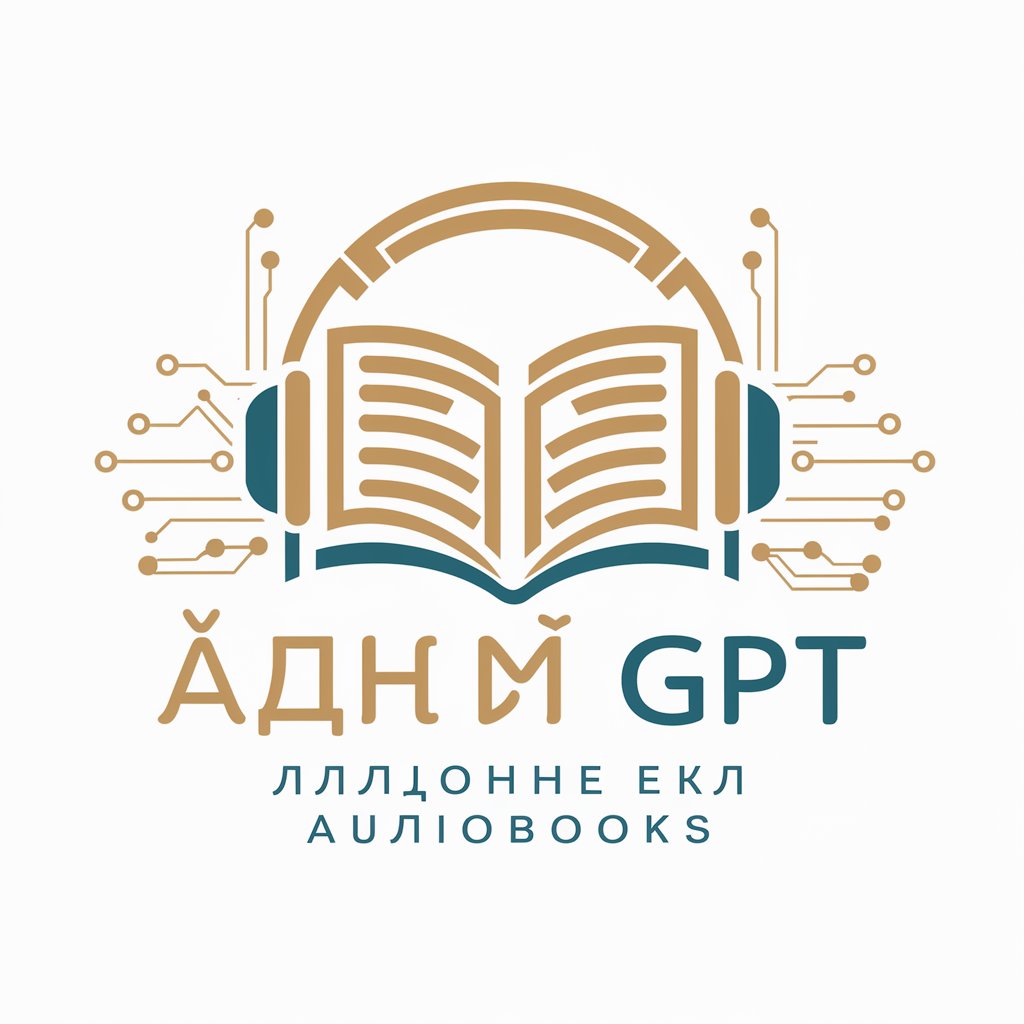
Citas Arcoiris
Empowering LGBTQ Love with AI

Roadside Attorney
Empowering Your Rights with AI

英语辅导陈老师
Empower English Mastery with AI
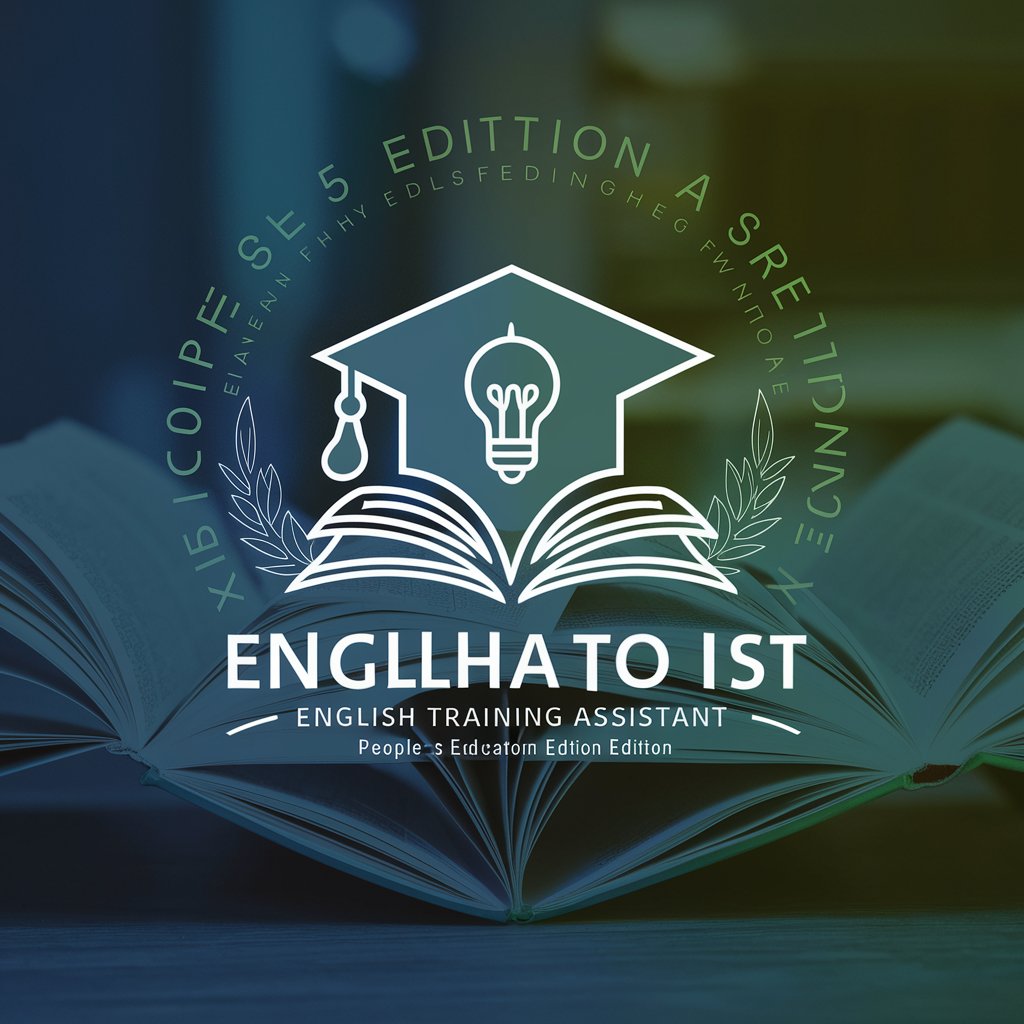
Story Weaver
Craft your story's destiny with AI
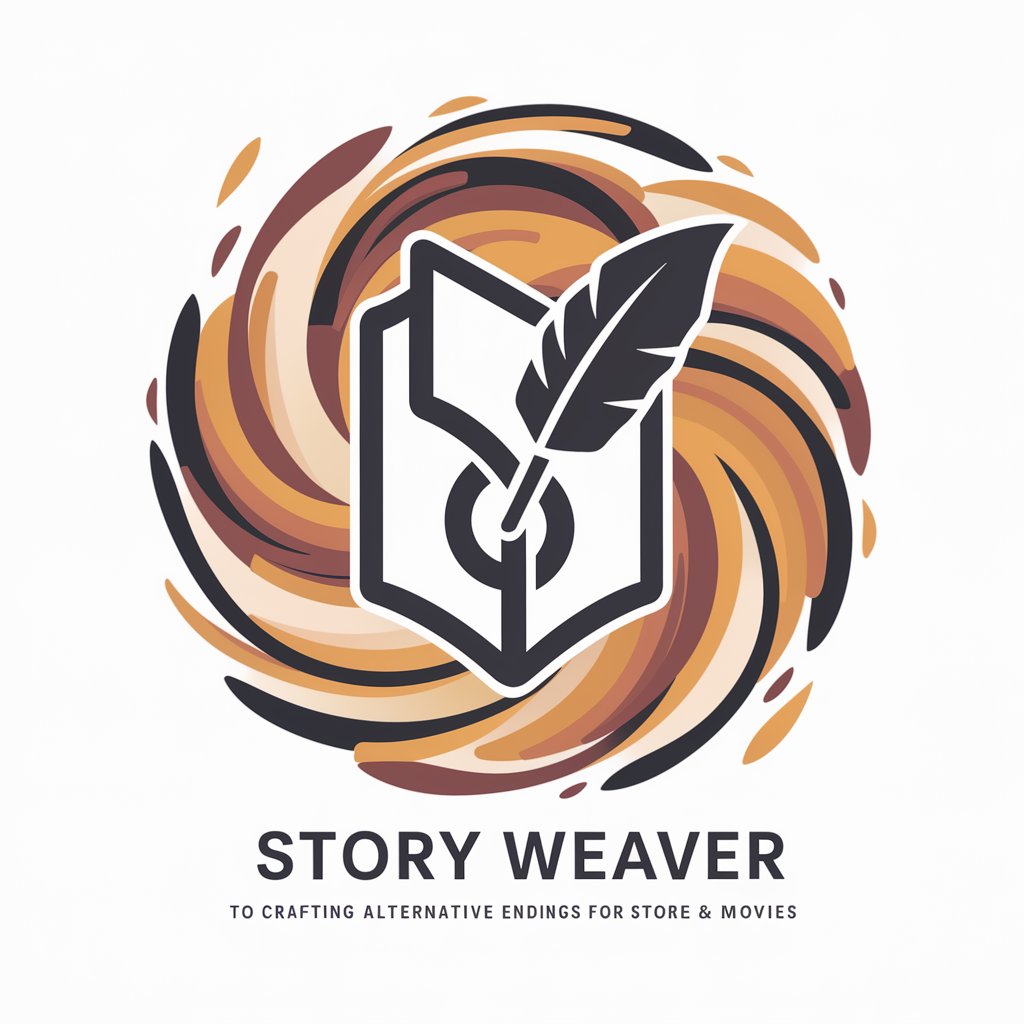
Focused Flow State Facilitator
Unlock Your Productivity with AI
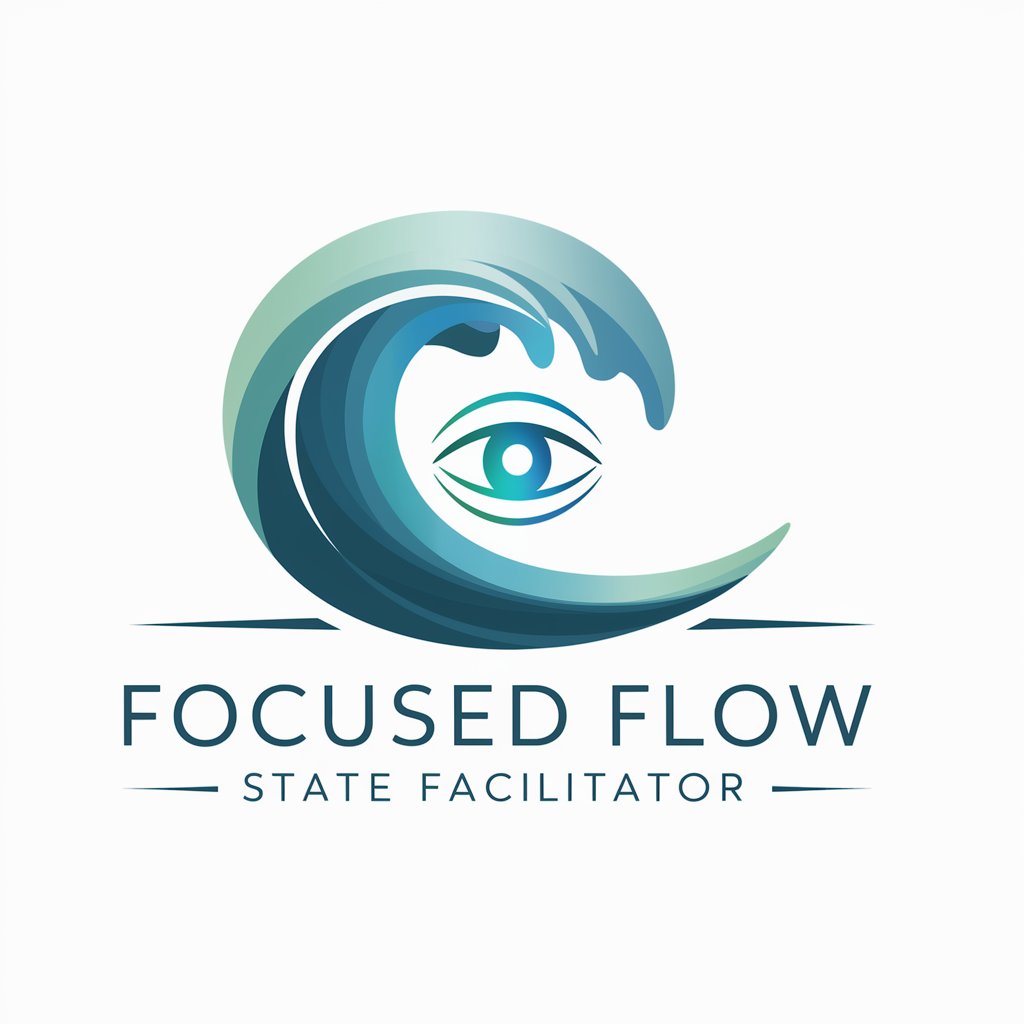
Banking Genius
AI-powered Banking Efficiency

ISO 27001 Step by Step Implementer
Streamline Your Path to ISO 27001 Certification

Accenture
Innovate and Transform with AI
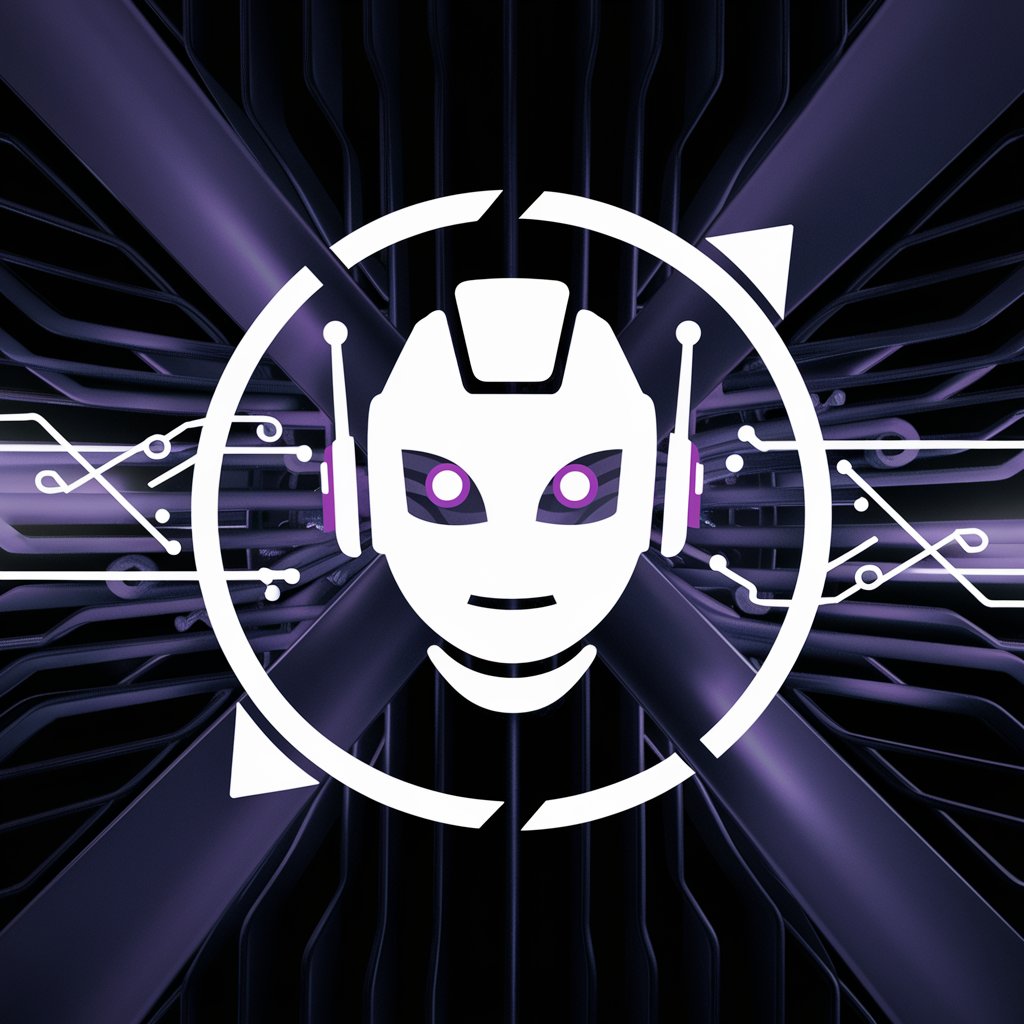
COBOL Sage
Empowering legacy systems with AI
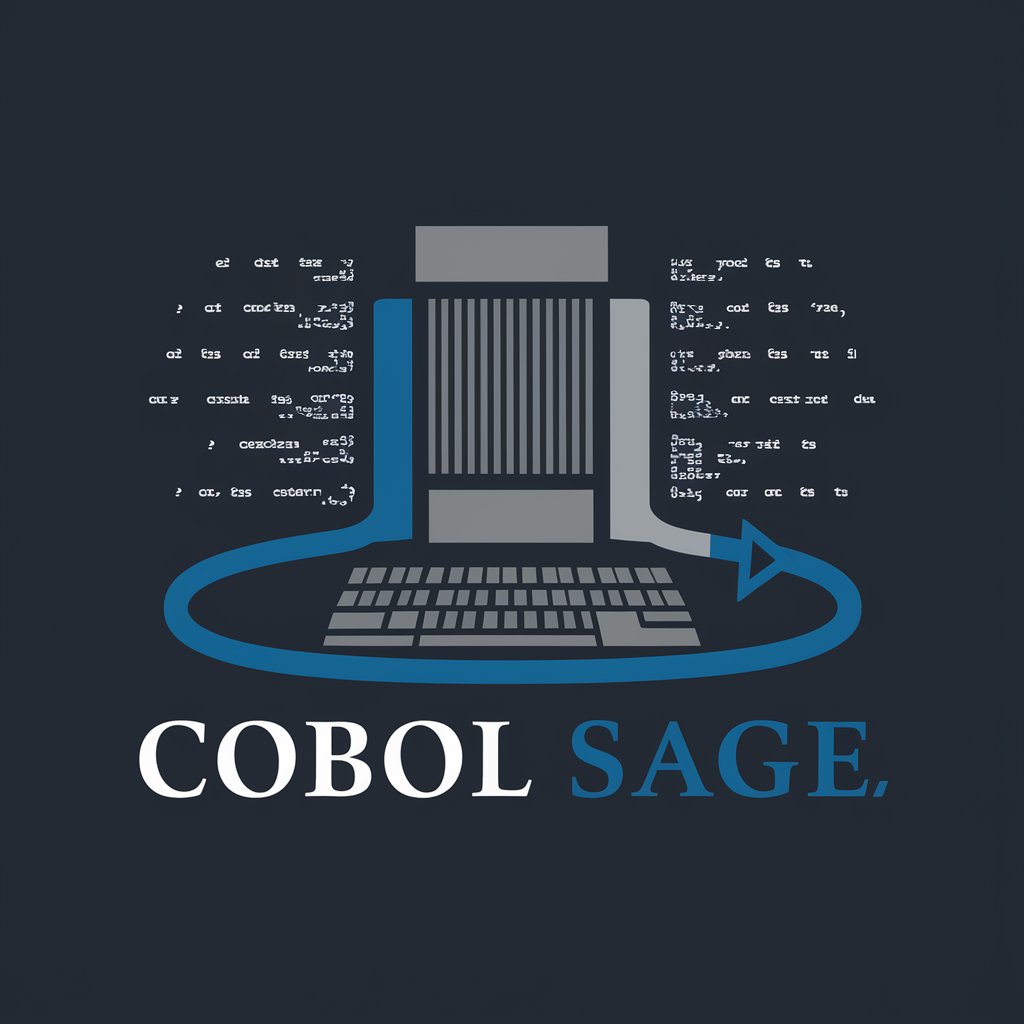
" Dokter Ernährung "
Tailored Nutrition with AI Power
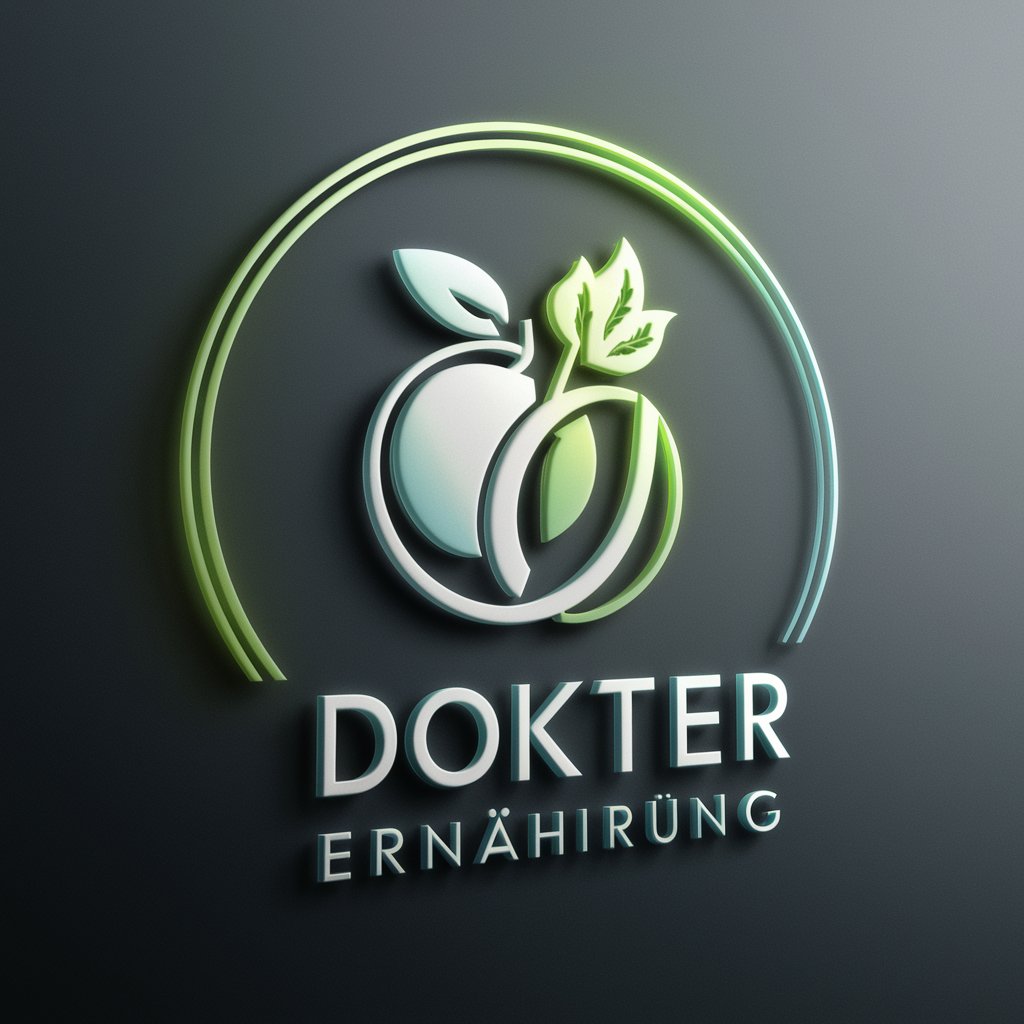
Cat Trainer Assistant
Empowering cat owners with AI-driven advice.
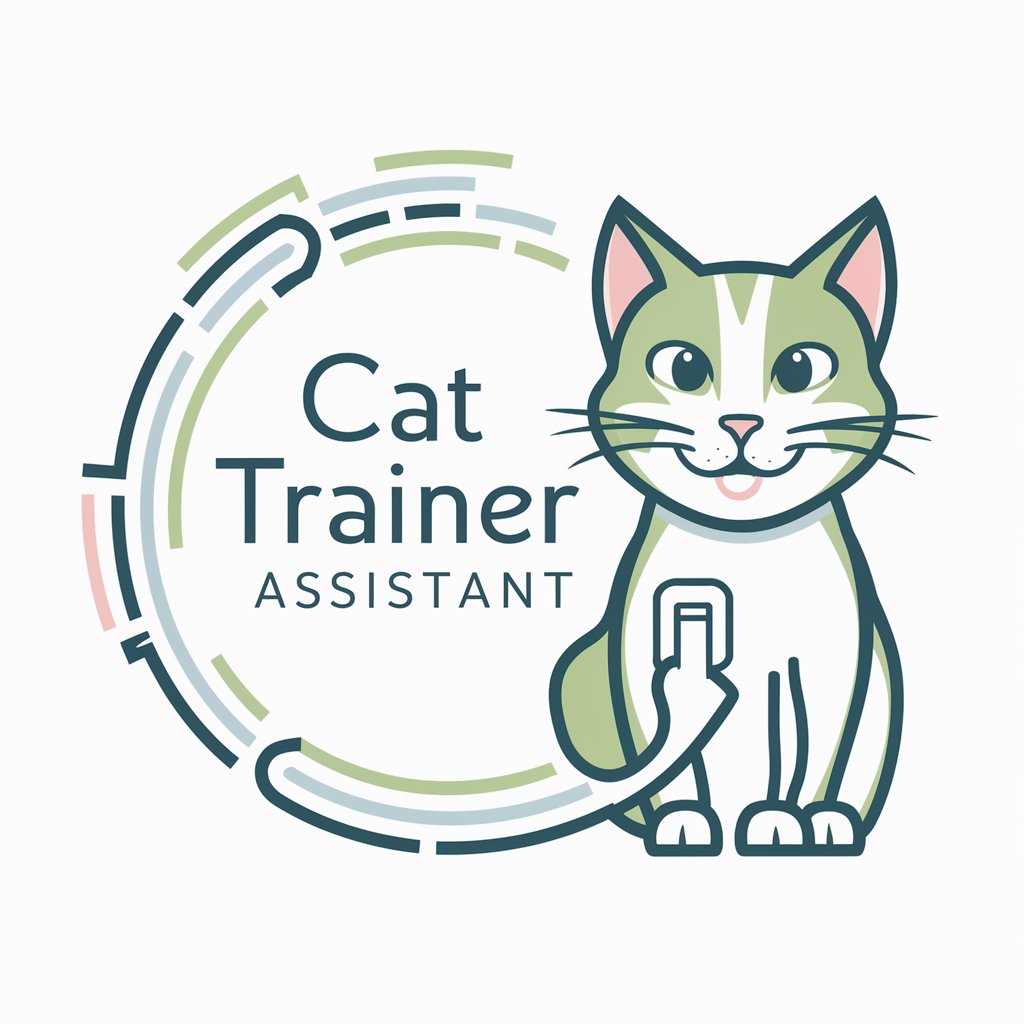
Detailed Q&A on OpenGL 3.3 Graphics Programming Helper
What is OpenGL 3.3, and why is it important?
OpenGL 3.3 is a version of the Open Graphics Library for rendering 2D and 3D vector graphics. Released in March 2010, it is significant for introducing important features for modern graphics development, such as improved shader programming, making it a cornerstone for both academic learning and professional development in graphics programming.
How can I set up my development environment for OpenGL 3.3?
Setting up your development environment involves installing a C or C++ compiler, an Integrated Development Environment (IDE) like Visual Studio or Code::Blocks, and the GLFW or GLEW libraries for creating windows and managing OpenGL contexts. Detailed setup instructions can vary based on your operating system, but these components are essential.
Can you provide an example of a simple OpenGL 3.3 program?
A basic OpenGL 3.3 program involves initializing GLFW, creating a window, setting up an OpenGL context, and writing a render loop to draw a simple shape like a triangle using shaders. Code examples would include initialization, shader compilation, and rendering techniques, tailored to your specific requirements.
What are shaders, and how do they work in OpenGL 3.3?
Shaders are programs written in the GLSL language that run on the GPU. They are a core part of OpenGL 3.3, allowing developers to control the rendering pipeline stages, such as vertex and fragment processing. Shaders enable sophisticated visual effects by manipulating vertex data and pixel colors based on mathematical calculations.
How can I optimize my OpenGL 3.3 application for better performance?
Optimizing an OpenGL 3.3 application involves several strategies, such as minimizing state changes, using Vertex Buffer Objects (VBOs) for efficient data management, optimizing shader code, and leveraging occlusion culling to avoid rendering objects not visible to the camera. Performance profiling tools can help identify bottlenecks in your application.
